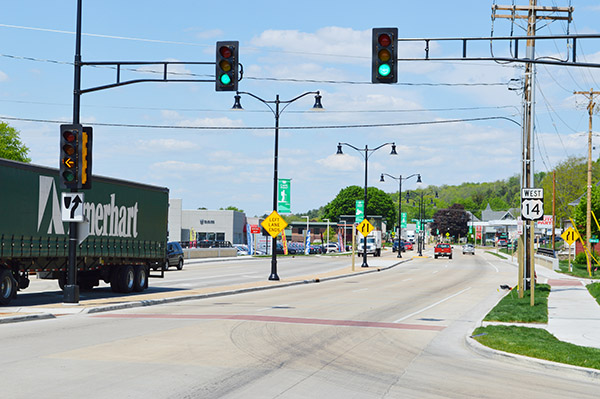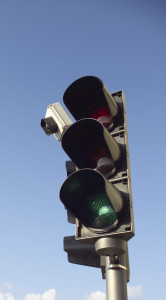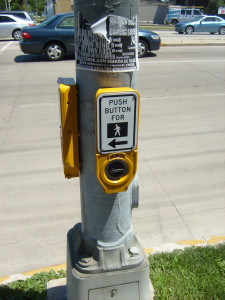Mixed (Traffic) Signals: Myths and Truths

Here are some of the top traffic signal myths with some truths mixed in for fun:
No. 1: If you see a camera on a traffic signal, it’s there to catch speeders and red-light runners.
NOT ALWAYS TRUE. While some states and cities use video technology to hand out tickets, cameras are most commonly used to detect the presence of traffic at an intersection and help control the lights for shorter wait times and better traffic flow. Also, the traffic engineering group at Ayres Associates works with a system called MioVision, which uses cameras to take detailed, accurate traffic counts without the need for a staff person to physically count the vehicles
No. 2: You can program a universal TV remote to change traffic signals.

FALSE. Don’t believe Internet claims and scams like these. Intersections would be dangerous and chaotic if this were the case.
No. 3: Emergency vehicles have the ability to change the color of signals.
TRUE. Some traffic signals are equipped with emergency vehicle pre-emption devices, which can allow police cars, fire trucks, and rescue squads to change a traffic light to allow them to get a green light and move through an intersection faster and hopefully safer.
No. 4: A yellow light means you can speed up and be OK as long as your front tire gets into the intersection before the light turns red.
FALSE. A yellow light means the red signal is about to be displayed and that you should stop before entering an intersection if there is time to do so safely. Speeding up to “make a yellow light” creates a dangerous situation in any intersection.
No. 5: Sensors under the pavement can detect a vehicle and tell the signal controller that traffic is waiting at the intersection.
TRUE. This is called inductive loop technology. The sensors detect the metal in a vehicle, which signals the traffic controller that traffic is waiting at the intersection. Drivers of motorcycles or mopeds should pull up to the corner of the lane near the stop bar painted at the intersection to increase their chances of detection.

No. 6: At a crosswalk, pushing the crossing button multiple times will help you cross the street faster.
TRUE, but only if you press it at least 100,000 times in succession. No, just kidding; this is FALSE. Pressing the crosswalk button once will store the call for a “safe to cross” signal. Like an elevator button, one press is all you need.
No. 7: Flash your high beams to make a red light turn to green quicker.
FALSE. This is another Internet-spread falsehood that will do nothing except make the drivers around you either confused or angry. Traffic signals do not have any sensors to respond to flashing high beam headlights.

Post a comment: